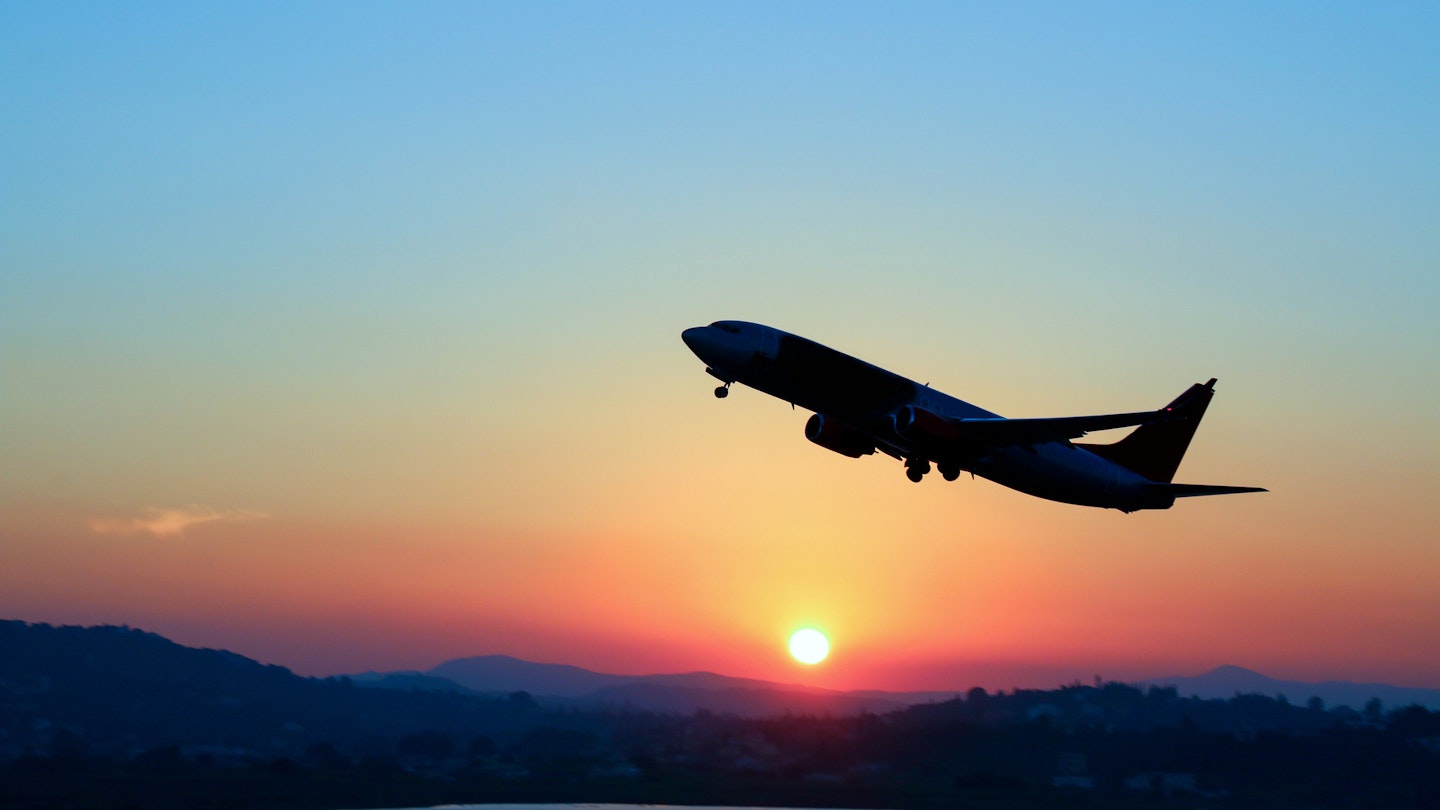What Happens When a Passenger Dies on a Flight?
It’s not particularly pleasant to think about, but sometimes passengers die on board an aircraft—although it’s very rare, so don’t preoccupy yourself unnecessarily with doom and gloom. Here’s what happens when a passenger passes away during a flight.

All airlines have their own procedures for what happens if and when somebody dies on their aircraft; however, they are generally reluctant to discuss these protocols. Death remains a taboo topic, and in some instances, the procedures might seem somewhat inelegant, leading to their confidentiality.
In fact, there are few government regulations governing airlines’ actions in case of an in-flight death. There is no mandating for an immediate diversion, and airlines exercise discretion in making sensible decisions. Typically, they coordinate with ground-based medical advisory services, any medical professionals aboard, and the airline’s operations center, which evaluates the practical aspects of the situation.
On shorter flights—lasting a couple of hours—the aircraft usually lands swiftly; nevertheless, this does not always mean an emergency diversion to another airport will occur. Sometimes, especially with a heavier load, it may be more efficient for the plane to continue to its intended destination. This is due to the fact that maximum landing weights are usually lower than the maximum takeoff weight, considering the fuel consumed during the flight.
On long-haul flights, however, things can become complicated. There are limited options for diversion across vast ocean expanses, and it may take considerable time to reach a suitable alternate airport.
Moreover, if the individual is indeed deceased, diverting unexpectedly to another country might not offer any significant benefit to the deceased or their traveling family members.
From a practical perspective, continuing to the original destination may prove more logical, as the deceased and their family likely hold the necessary visas and documentation there. Additionally, airline staff will be present, and the family may have support from friends and relatives in that location, compared to landing in an unfamiliar third country where the airline might not even operate.
As a general rule, airlines will strive to be supportive and compassionate toward families during such incidents, assisting with the repatriation of their loved one’s remains.

Very Few People Technically Die On Board
Officially, crew members are not (usually) trained medical doctors and therefore cannot declare someone dead while on the aircraft. If a doctor is present among the passengers, they can make such a declaration; however, this is typically performed on the ground after landing.
To date, only one modern aircraft featured a special locker for in-flight deaths: the Singapore Airlines Airbus A340-500, previously servicing the world’s longest flights. Since its retirement, I am not aware of any other aircraft featuring such accommodations. In fact, if a passenger dies, most onlookers may not even notice. In the case of a passenger passing away peacefully, a dignified option may involve simply covering them with a blanket and quietly reseating other passengers.
If the standard onboard announcement requesting medical assistance is made, yet the outcome is not favorable, the deceased individual may need to be moved to the galley area or to a business-class seat—especially those with flatbeds—and covered with a blanket, secured with a seatbelt. In the absence of business class, crew members often attempt to relocate them to an empty row; nevertheless, as we have observed, flights are increasingly full these days.
On occasion, their final destination may be the “crew rest” seats, which some aircraft have curtained compartments for relieving pilots and off-duty flight attendants during less busy cruise phases. This curtain not only provides privacy for the deceased passenger but also maintains dignity since that area is already blocked off.

The Authorities May Quarantine the Plane on Arrival
Upon landing, the aircraft and its passengers may be held in quarantine while authorities conduct initial medical checks to confirm that there are no public health risks that need addressing.
This often involves verifying that the passenger has not recently traveled to areas of concern (such as Western Africa during outbreaks of Ebola virus disease). While it can be alarming to witness medical personnel in hazmat suits boarding the aircraft, this precautionary measure is primarily driven by an abundance of caution.
Your subsequent travel or return home is typically not delayed in these circumstances. The primary aim of these procedures is to verify that other passengers are not exhibiting any symptoms of illness and to ensure that authorities possess detailed itineraries and contact information for potential follow-ups.
Regrettably, this type of protocol is increasingly necessary when unvaccinated individuals contract diseases previously considered eliminated, such as measles or whooping cough, whether on the flight or shortly after during an infectious period.





